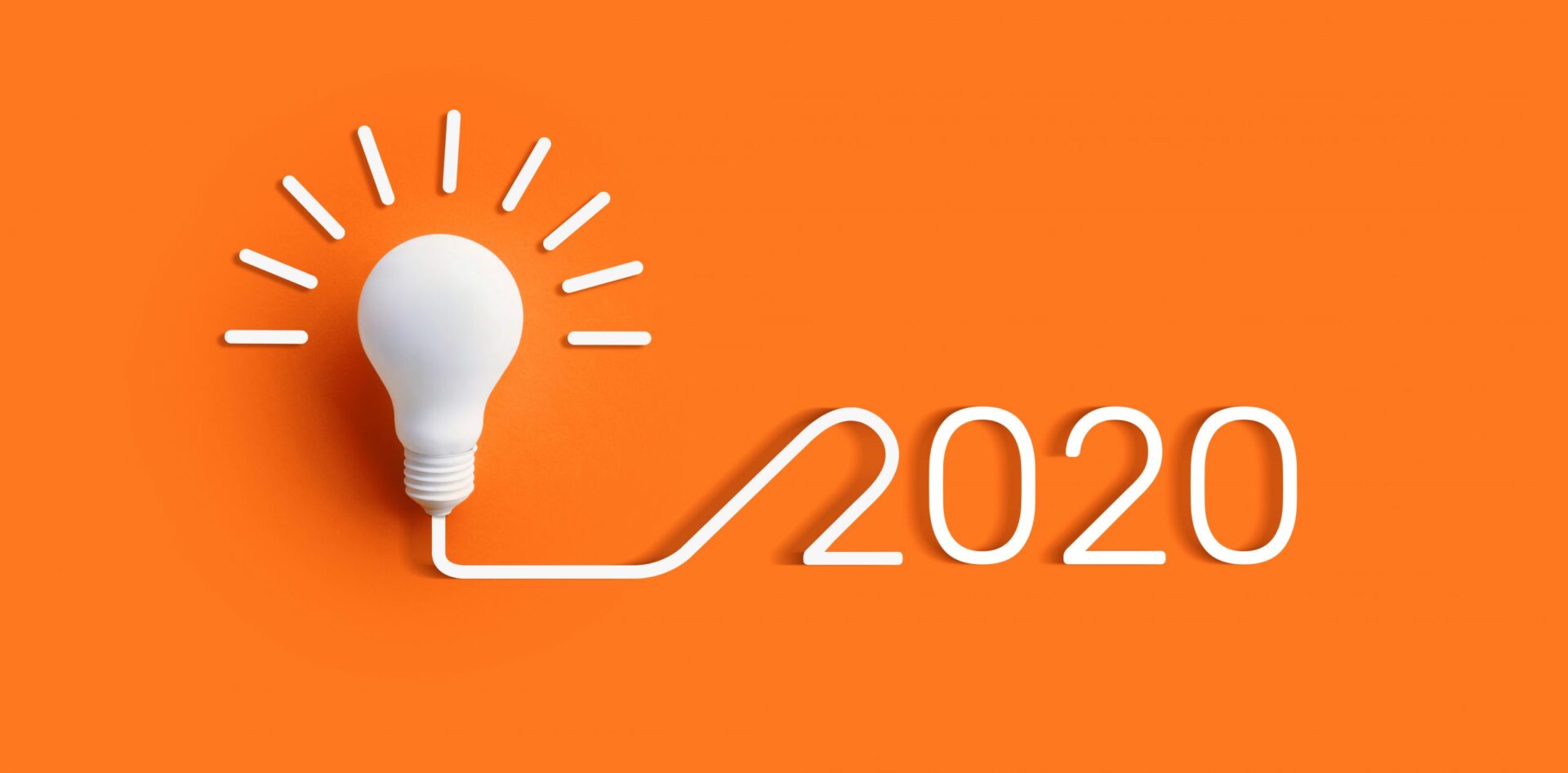I am writing this blog from a lodge. Christmas is everywhere here. Peat burning in the roaring fire next to me, twinkling lights abound, soft hues of green, red and gold are creating a relaxed, festive atmosphere, add in the effect of a steaming hot coffee and all the ingredients are present for warmth and contentment. Yet, that is not what I am experiencing. Despite the positively atmospheric conditions, there is an incredible bustle, a noisy fast pace that is disrupting the calm. I feel a tension as I want to join in and engage with the Spirit of Christmas, but I have too much to do. I have many unfinished tasks and I am already thinking about what I need to do and where I will be in January. The festivities are starting, and the year is ending, which brings complexity in thinking as I look forward and look back at the same time. The tendency to take-stock is probably not unusual at this time of year, in fact we are encouraged to remembering the highlights and the misses and to consider the lessons for next year.

For some, this is a time to ask big questions; about change, loss, new behaviours, new places, new roles, new people, new challenges or new goals. As we look back and think forward imaging the potential of 2020, our PULSE framework serves as a tool to help thinking and planning.
Typically, your judgement of 2019 will in part be based on your perceptions and your definition of success as compared to ideals you set for yourself. Remember, we are pre-programmed to recall more easily negative aspects we have experienced; our losses, disappointments, missed opportunities or mistakes. Although this tendency is believed to have an evolutionary benefit for us, when we are thinking about our possibilities and potential it can be more useful to be less biased. Using a framework such as PULSE can help to rebalance our thinking to support decisions and future planning that reflects critical thinking. The key to using PULSE in this way is to ask critical or useful questions that stimulate thinking and genuine responses.
Take a PULSE – what do you want for 2020? Plot; What have been my greatest learnings from 2019 and considering these, what do I want most for 2020? Unlock; What can I bring with me and how can I think differently, how am I limiting myself or how am I willing to stretch myself to think, behave or feel differently to achieve what I want for 2020? Lever; Who can enlighten me, who can advise me, who can support me in a challenging way to help me achieve? Signify; What does this achievement mean to me (in all the aspects of my life that matter to me)? Embed; What action will I take, where will I start, how will I monitor my desire to achieve, how will I track my progress through positive or negative periods?
This is an example of how PULSE can be used as a thinking framework to help decision making and planning at a high-level. To gain deeper insight, into your values and goals for 2020, ask more specific questions at each of the stages; Plot, Unlock, Lever, Signify and Embed and the language of the questions can be changed to suit you, making PULSE relevant and personal. Note any questions that you are not willing to ask yourself – these are opportunities for reflection and consideration that can be revisited when you are ready to do so.
Although engaging with our PULSE framework at a high-level will serve to stimulate your thinking, in this instance focused on what 2020 could mean for you, the PULSE framework is designed to support you throughout your journey.
Whether now is the time you consider the potential for next year or not, our PULSE framework can be used to think about what is important for you in 2020 or an aspect of your life; love, family, career or interests. Whatever the focus, it all begins the same way – interesting questions and honest answers, curiosity and an openness to learn.





